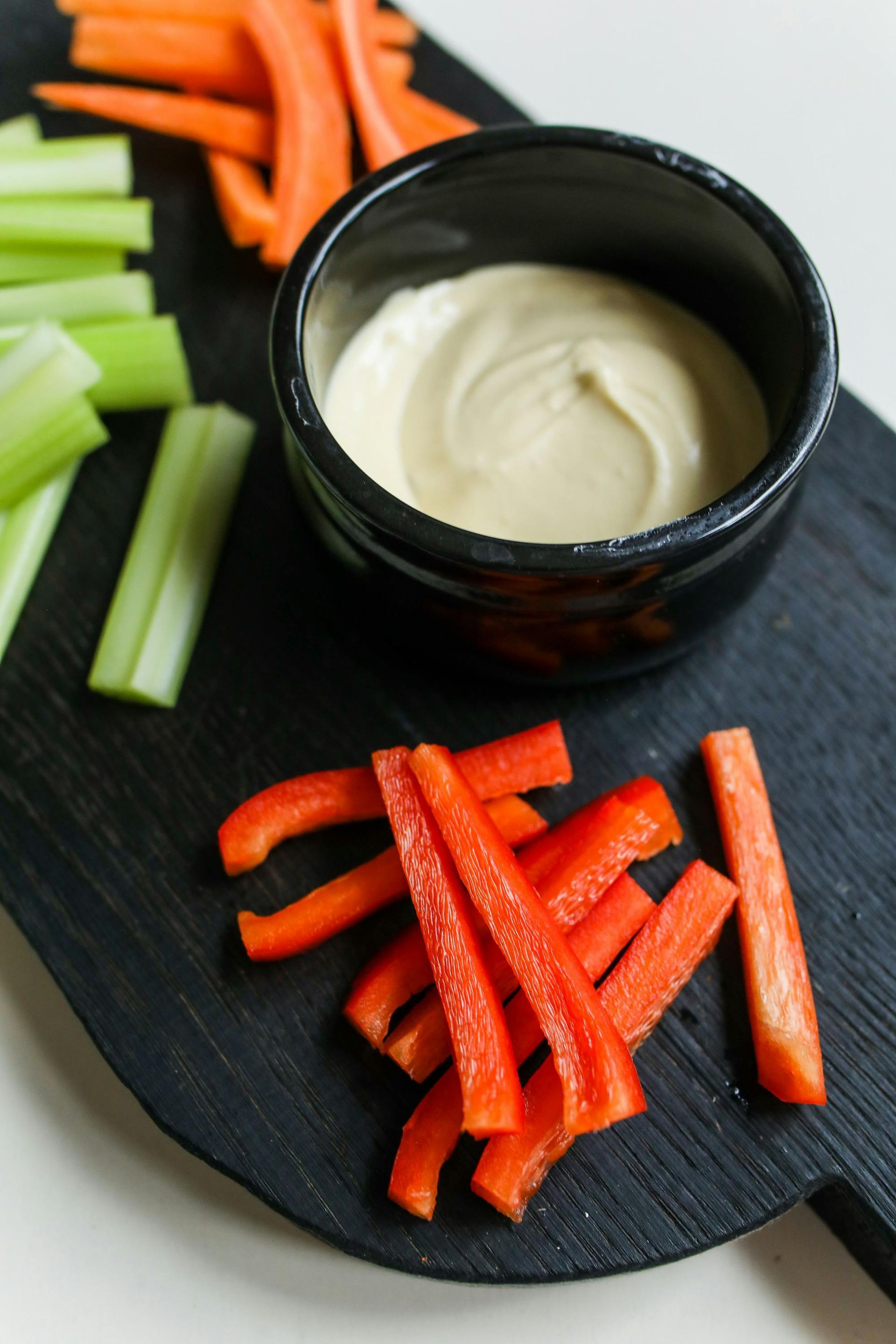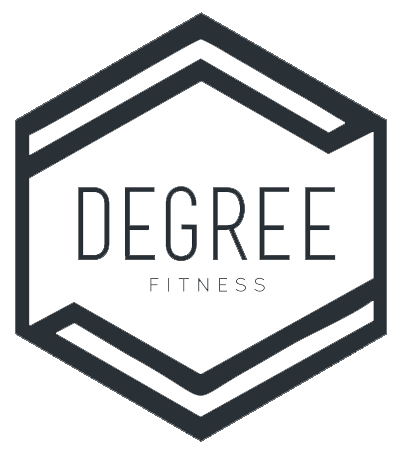Fall and Winter Routine Disruptors (and ways to overcome them!)
Written By: Jackie, General Manager
What exactly is a routine disruptor? Essentially it is an event, obstacle, or distraction that we allow to happen that then sets a new path for us going forward. It can be a positive or negative occurrence, depending on what you want the outcome to be.
As an example:
You missed that morning cup of coffee and your whole day starts off on the wrong foot because your typical routine has been disrupted by sleeping in.
You have a great workout routine built into your weekly schedule, but then the season starts to shift to fall and winter and you start skipping one or two workouts a week. You start to eat more and move less and your mood begins to shift - all because we allowed ourselves that disruption to become a new habit/routine.
Some other common routine disruptors are
We tend to get less fresh air and sunlight
We eat more comfort foods
We tend to let our spring/summer habits go
We tend to sleep more or feel more tired
The fall and winter transition can be really hard for many of us to adjust to. There is often a sense of loss when it comes to the change of seasons and often we do not have a plan in place to overcome that transition time.
Everything essentially boils down to implementing a (perhaps new) routine that will work for you. And give yourself some grace, as a new routine can often take several weeks to establish. So here are some healthy habits you can implement into your new fall and winter routine.
Keep Moving and Stay Active - keep showing up at the gym and stick to your 2-3 times a week, especially when you don’t feel like it! Get outside and walk some trails in your area - the fall colours are breathtaking! Enjoy the crispness of the air by dressing appropriately for the weather. Make it a family affair and get the kids involved in some of your outdoor activities.
Get Fresh Air and Embrace the Sunlight - since days are becoming shorter, so is amount of sunlight, so make sure you try to get outside at least once a day for a quick walk or break and take it all in! Sun exposure can help elevate your mood.
Ensure you are getting adequate sleep - If you are struggling with getting enough sleep then make that a priority as you reflect on creating a bedtime routine that gets your mind and body ready for sleep.
Practice Gratitude - focus on the positive people and events in your life. Socialize with people and attend events that bring you happiness and support your routine.
Ensure you eat wholesome and nutritious foods most of the time - incorporate good proteins, healthy fats, and good carbs at meals. Focus on the foods you can add that will help you feel good!
As you begin to establish a new fall routine that encompasses and embraces healthy habits, you will begin to see a positive mood shift, you will feel less stressed, you will see improvement in your physical health, and you will have more energy, and more mental clarity.
Know that fall and winter routine disruptors can be temporary, as long as you still have a positive outlook and take a hard look at what is important to you.
If you are looking for a gym that can help you maintain or start a great workout routine, then reach out today to book a No Sweat Intro information session where we can chat about helping you with that goal.
The Coaches at Degree are ready to help you get started! Click HERE or email info@degreefitnessseaforth.com to make that important first connection!



